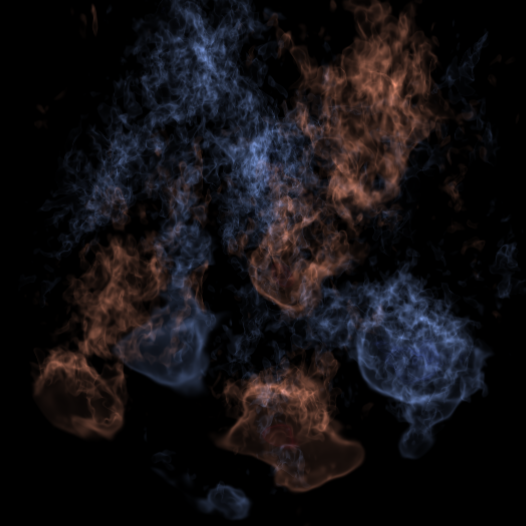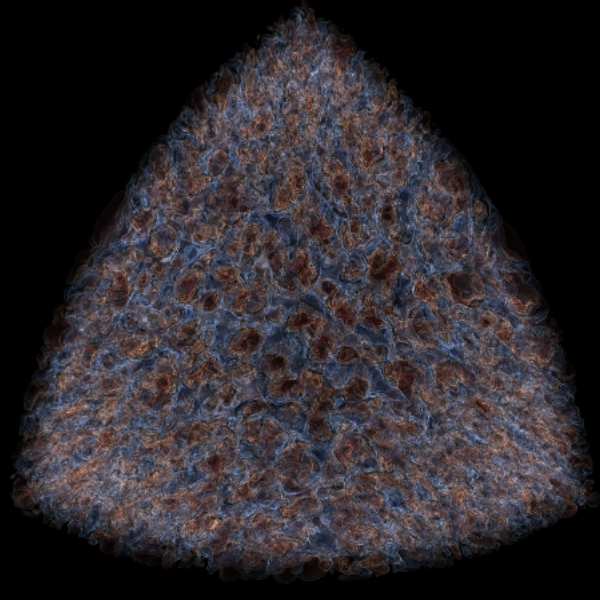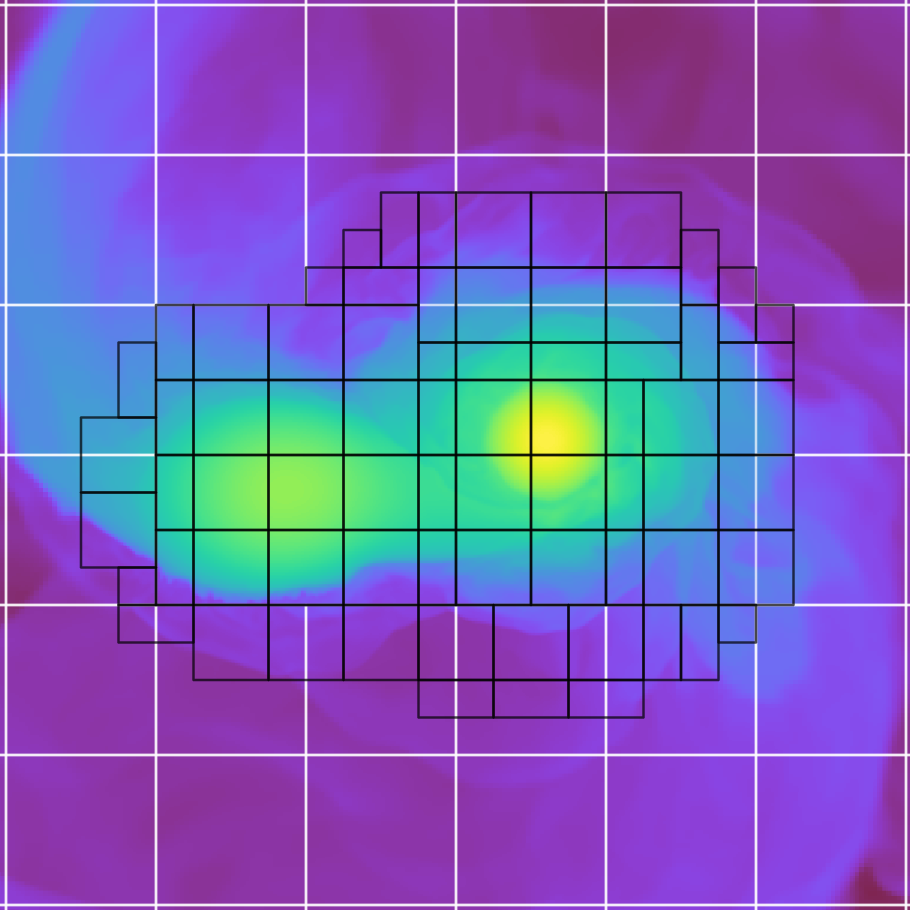Welcome to my homepage. I am interested in developing algorithms for modeling convective burning and explosions in astrophysical environments, and applying these algorithms to studying X-ray bursts, Type Ia supernovae, and novae (more about me...)

X-ray bursts
We are performing models of flame spreading through the accreted layer on neutron stars, as a model of X-ray bursts.
All of this research is computationally intensive. We develop a number of codes with our collaborators to model our astrophysical systems. All the software we develop is open source and freely available. Our main codes are listed below.
-
MAESTROeX
MAESTROeX is a low Mach number hydrodynamics code that efficiently models convective burning in stratified astrophysical flows. It is developed in collaboration with the Center for Computational Sciences and Engineering at LBNL and is freely available. -
Castro
Castro is a fully-compressible hydrodynamics code developed at CCSE/LBNL. We collaborate with that group on the hydrodynamics solvers in the code.
-
pyro
pyro is a teaching code designed to be introduce students to some of the methods commonly used in astrophysical simulations. Solvers include advection, compressible, incompressible, and low Mach number hydrodynamics, diffusion, and multigrid. -
pynucastro
pynucastro is a python library for nuclear astrophysics. It allows for the interactive exploration of reaction rates and building reaction networks which can then be exported to C++ code.
Design: HTML5 UP

